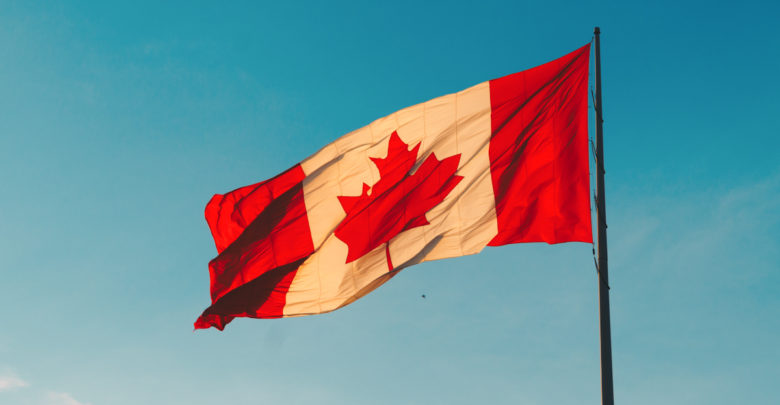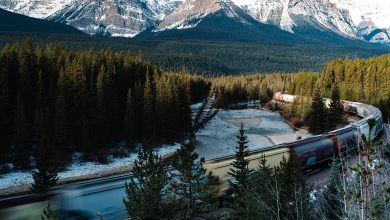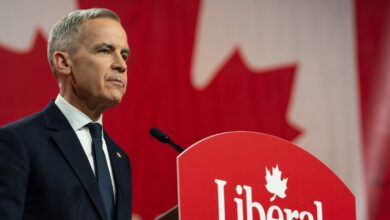 Hermes Rivera on Unsplash
Hermes Rivera on UnsplashThe environment is at the forefront for many students voting this year: the thousands-strong turnout to the Edmonton event of the Global Climate Strike proved that students are ready to mobilize to push for climate justice. With the UN warning that adverting climate catastrophe requires “rapid, far-reaching and unprecedented changes in all aspects of society” by 2030, the overwhelming evidence makes clear that this is the last federal election (short of a surprise snap election) which will be able to give Canada a fighting chance to do our part to reduce carbon emissions. We need to transition to a low-carbon economy by the deadline.
All the mainstream parties have released climate change platforms, and would very much like you to believe that they will be the best choice to meet the challenge. Which party can a concerned voter trust will take the action necessary to avert climate catastrophe?
That puts three parties in the running: the Liberals, NDP, and the Green Party. I’ve eliminated the Conservative Party from consideration because their climate plan has been almost universally panned by experts for failing to have any reasonable chance of achieving the weak 2030 emissions targets the Harper government set. Not to be outdone, the People’s Party doesn’t believe in anthropogenic climate change.
Liberals
On the surface, the Liberals appear to take climate change very seriously. However, despite Justin Trudeau’s assertions to the contrary, government audits shows Canada is not on track to meet our 2030 targets. Early in 2015, Minister of the Environment and Climate Change Catherine McKenna promised Harper’s climate targets would be “a floor not a ceiling,” but ended up keeping the targets anyways — and they’re still being used for the Liberal climate plan. A campaign promise to phase out fossil fuel subsidies was broken, as well as the commitment to fully re-evaluate the Trans Mountain Pipeline under a revamped project assessment.
The obvious climate action failure of buying the pipeline aside, the Liberals have engaged in corporate welfare under the guise of climate action, like giving $12 million to Loblaws to buy new fridges. Their new climate plan sets a more ambitious long-term target of Canada being fully climate neutral by 2050, but I can’t trust them to achieve this goal when Canada isn’t even on track to achieve the Harper 2030 targets.
Overall, the Liberal middle-ground approach, epitomized by the Trudeau mantra of growing our economy while protecting our environment, would have been defensible a few decades ago, when we had more time. But in 2019, radical, transformative action is required to address the climate crisis, and the Liberals’ poor environmental record suggests they won’t do what needs to be done.
NDP
The NDP have struggled to put together a cohesive message on climate justice, and it’s still confusing to know exactly where the party stands. The BC, Alberta, and federal wings of the party often disagree on key issues, making it hard for voters to know exactly what they’re getting. Leader Jagmeet Singh still isn’t clear about what he would do about the Trans Mountain pipeline, and continues to support new fossil fuel projects like liquid natural gas in BC.
While the NDP have committed to achieving targets in line with scientific consensus, most independent analysis of their climate plan suggests it will miss the mark. Despite these policy missteps, the NDP’s focus on a just transition for working-class people at least leads me to believe they will push for programs that benefit regular Canadians, in contrast to the Liberal focus on handouts for the wealthy.
Green Party
The Green Party has the most aggressive plan which clearly heeds the UN’s call for rapid and transformative changes to Canadian society. While the plan has faced criticisms for being unrealistic in scope and speed, there is broad consensus that it would exceed emissions targets if implemented. For a party that aspires to hold the balance of power in a minority government, it makes sense to aim high, so I see no issue with the ambitious agenda proposed.
It’s easy to be filled with dread when voting, especially when dealing with the frustratingly unfair first past the post system. The Liberals might want to scare voters into voting for them by conjuring up fears of a (unlikely) Conservative majority, but their compulsion to pander to the fossil fuel industry and polluting corporations will set us on a path to failure. Despite neither party being perfect, a vote for the Greens or the NDP are the best choices for climate justice in this election. The BC Green-NDP agreement has proven that the parties can work together, and a similar outcome to the federal election is the best case scenario for facilitating climate action.




